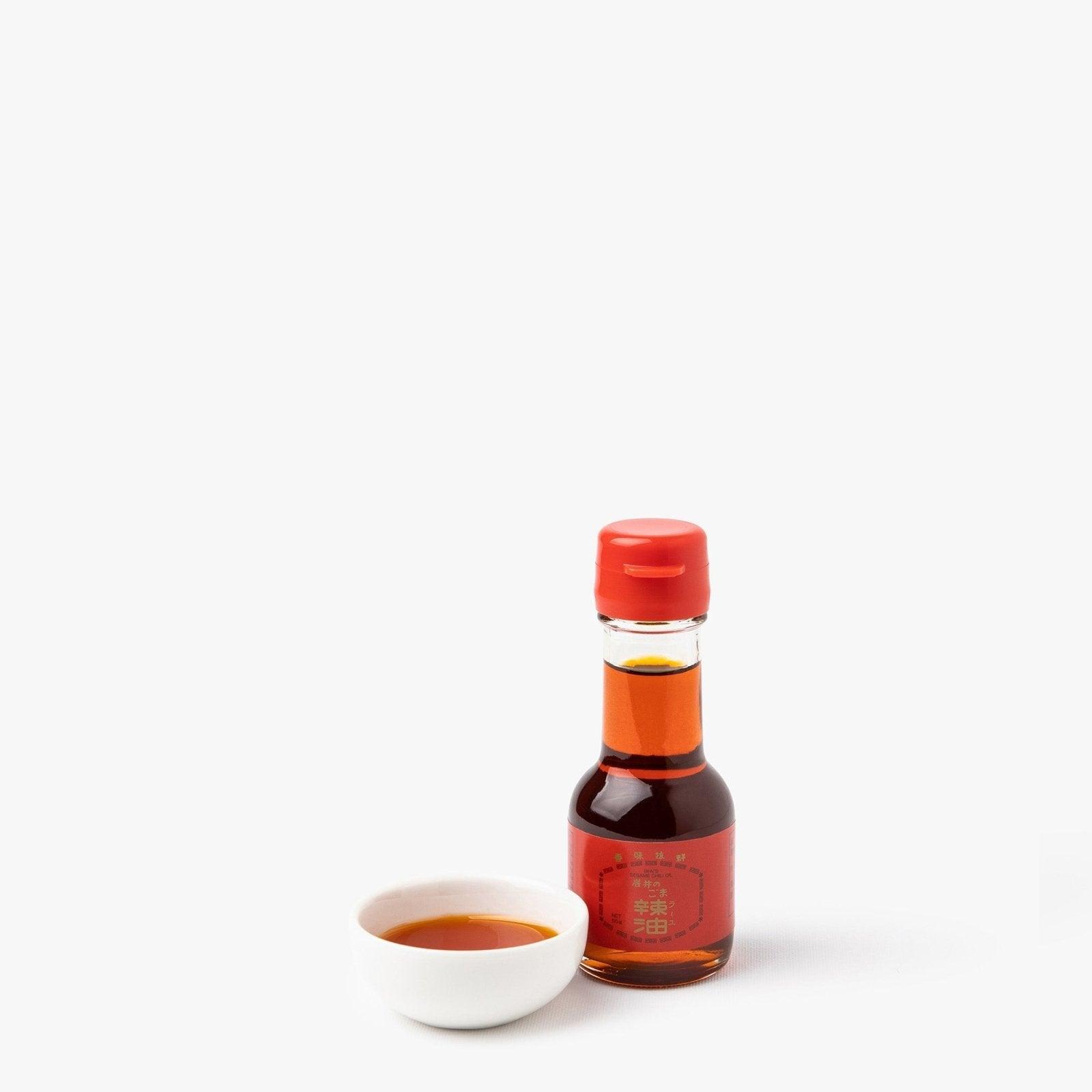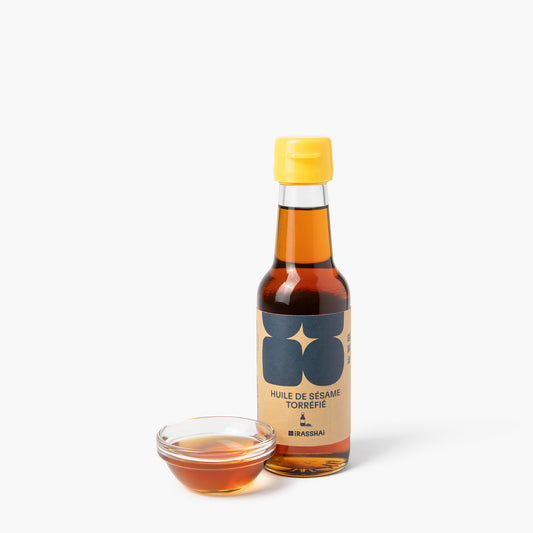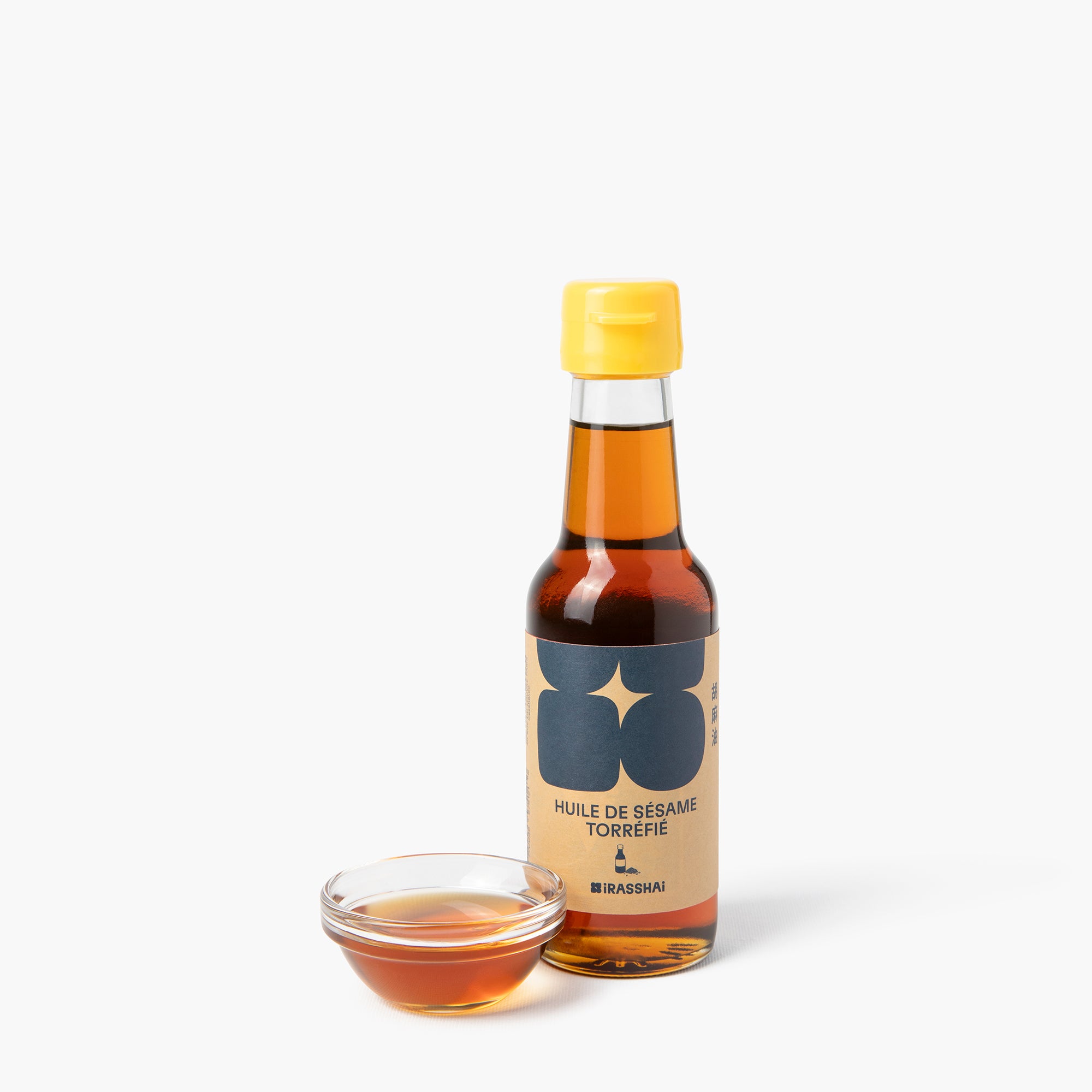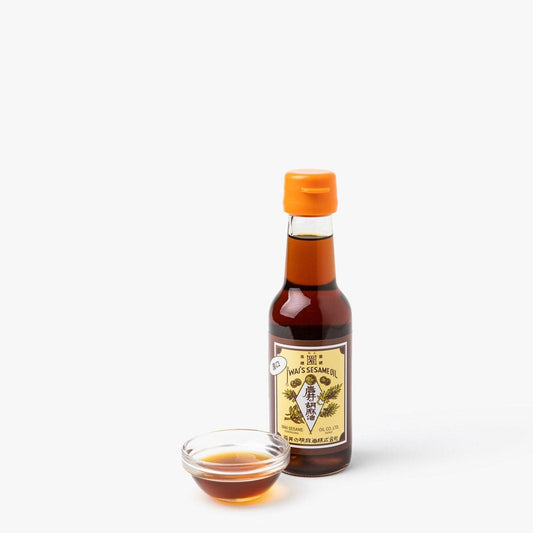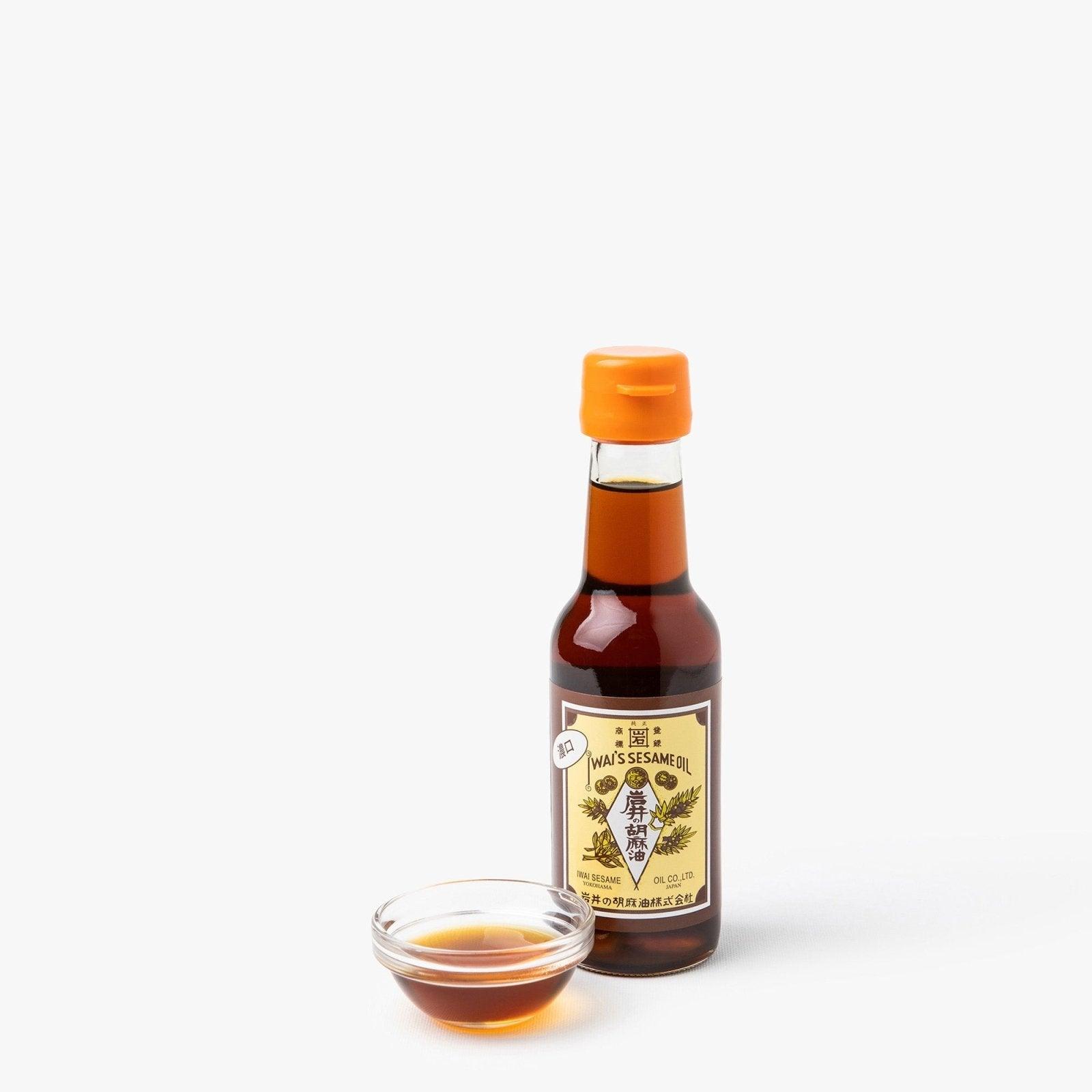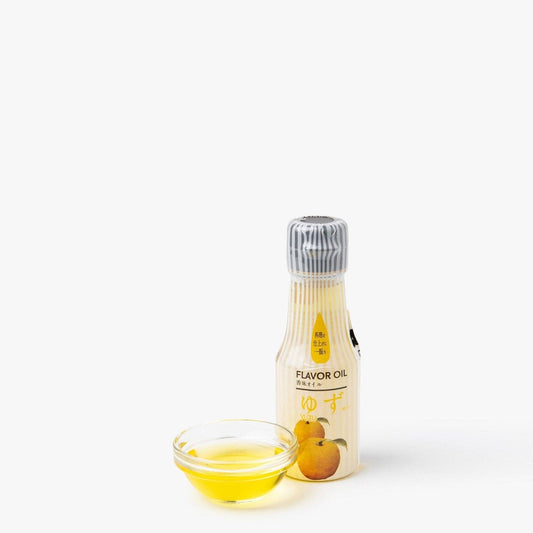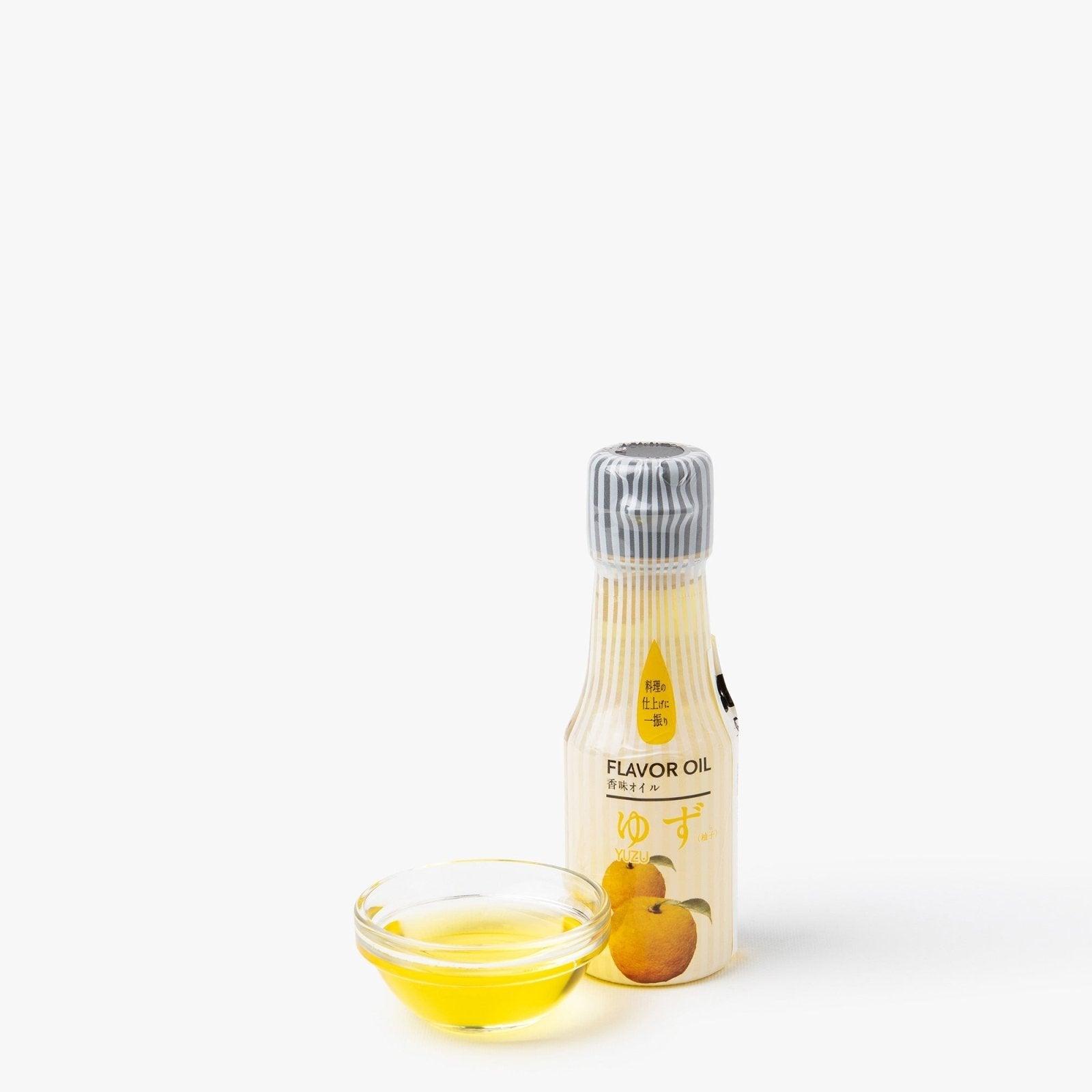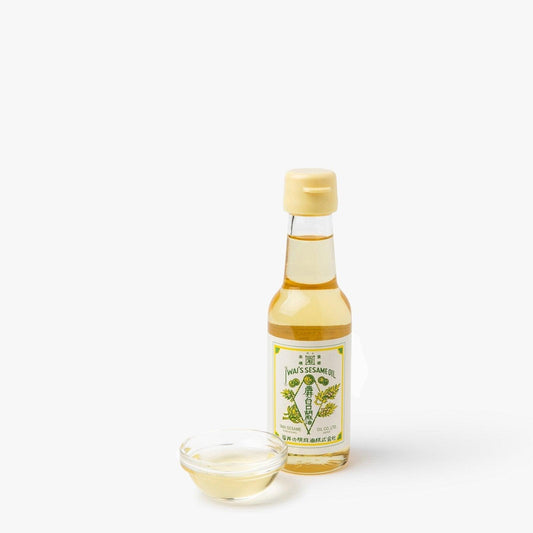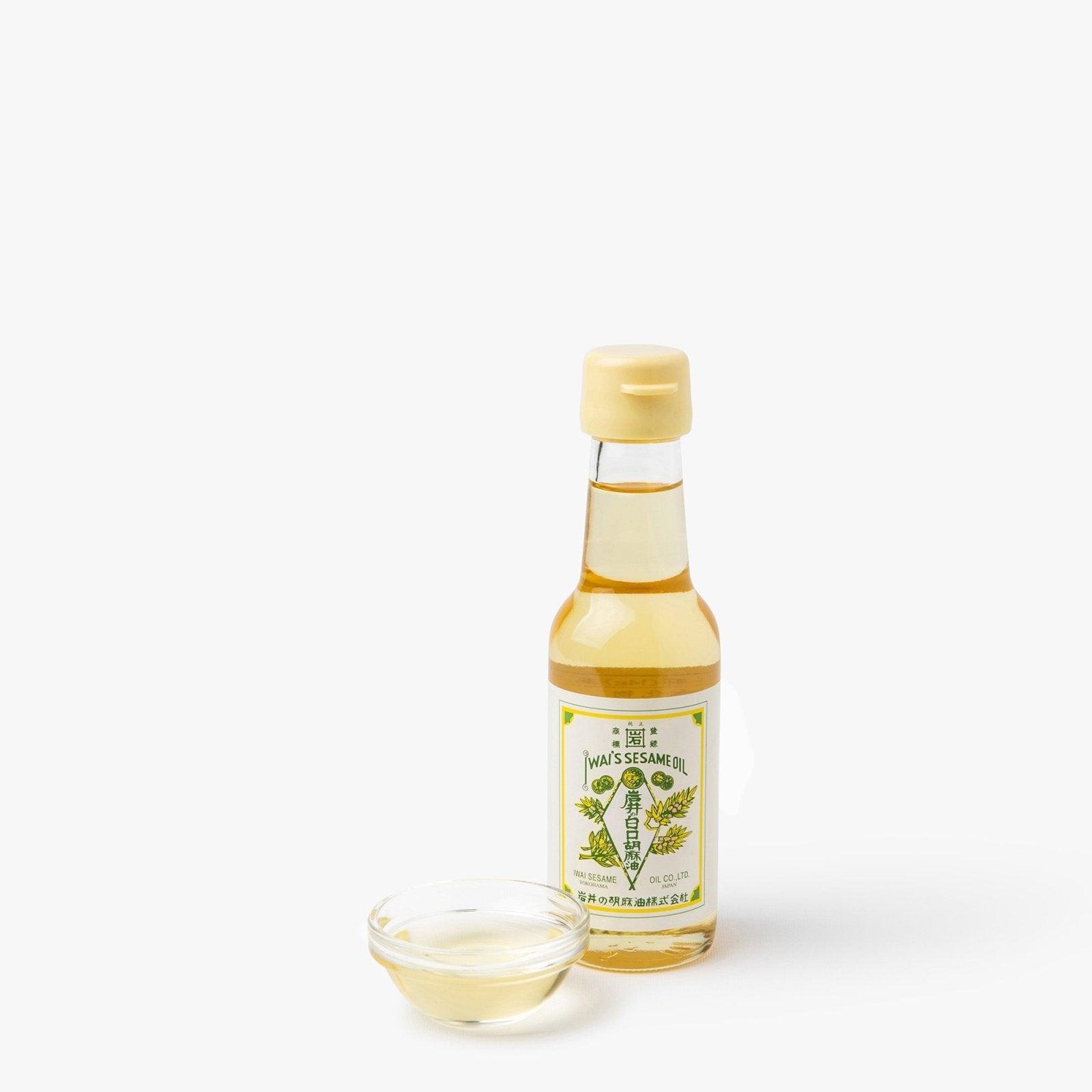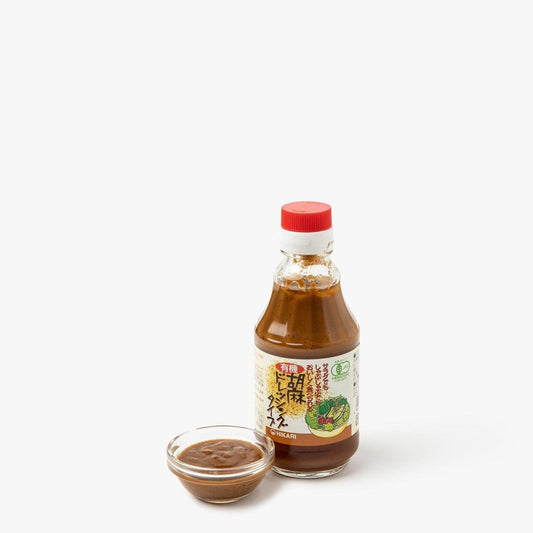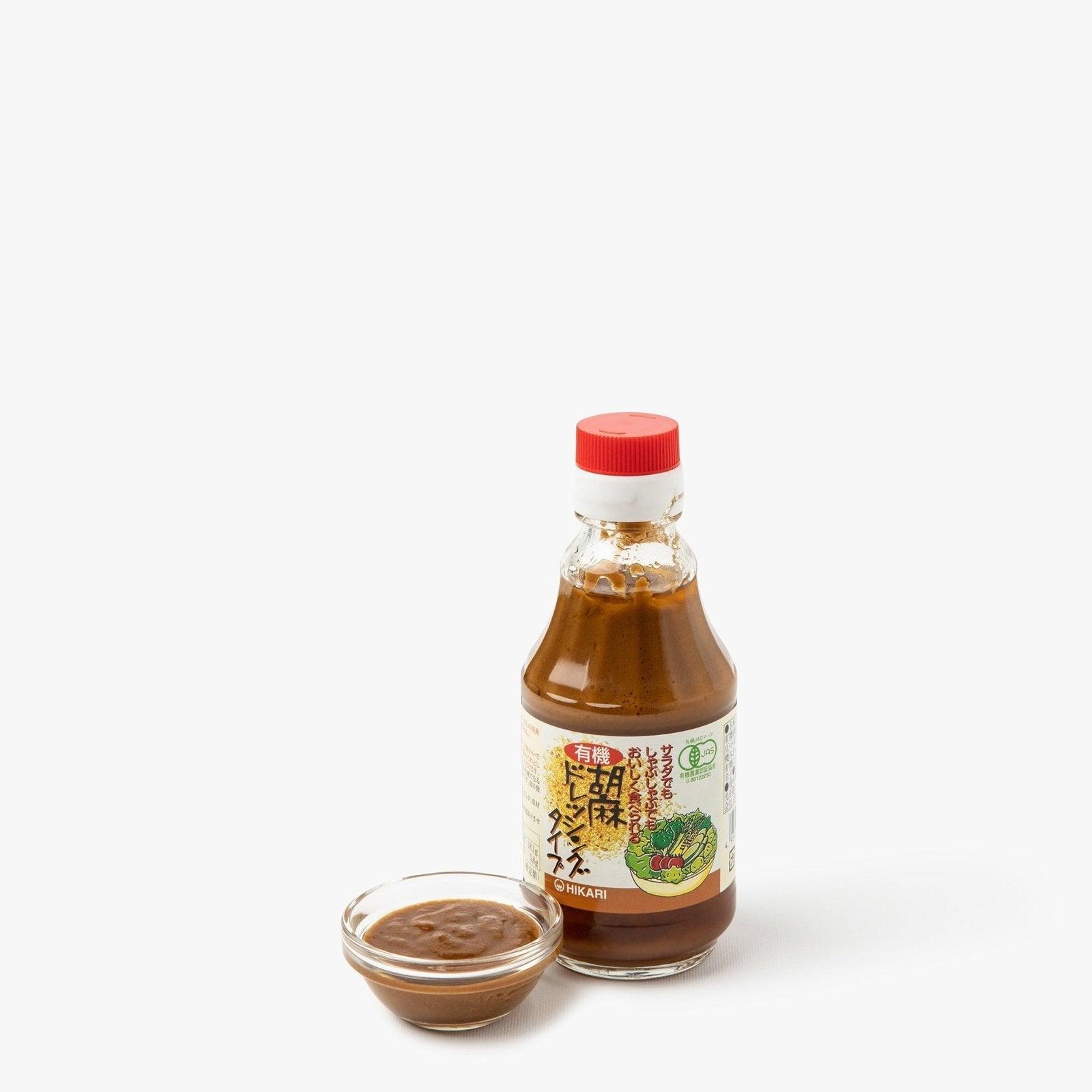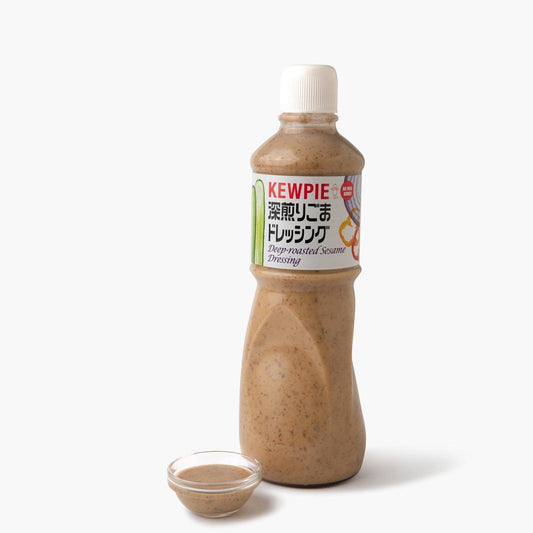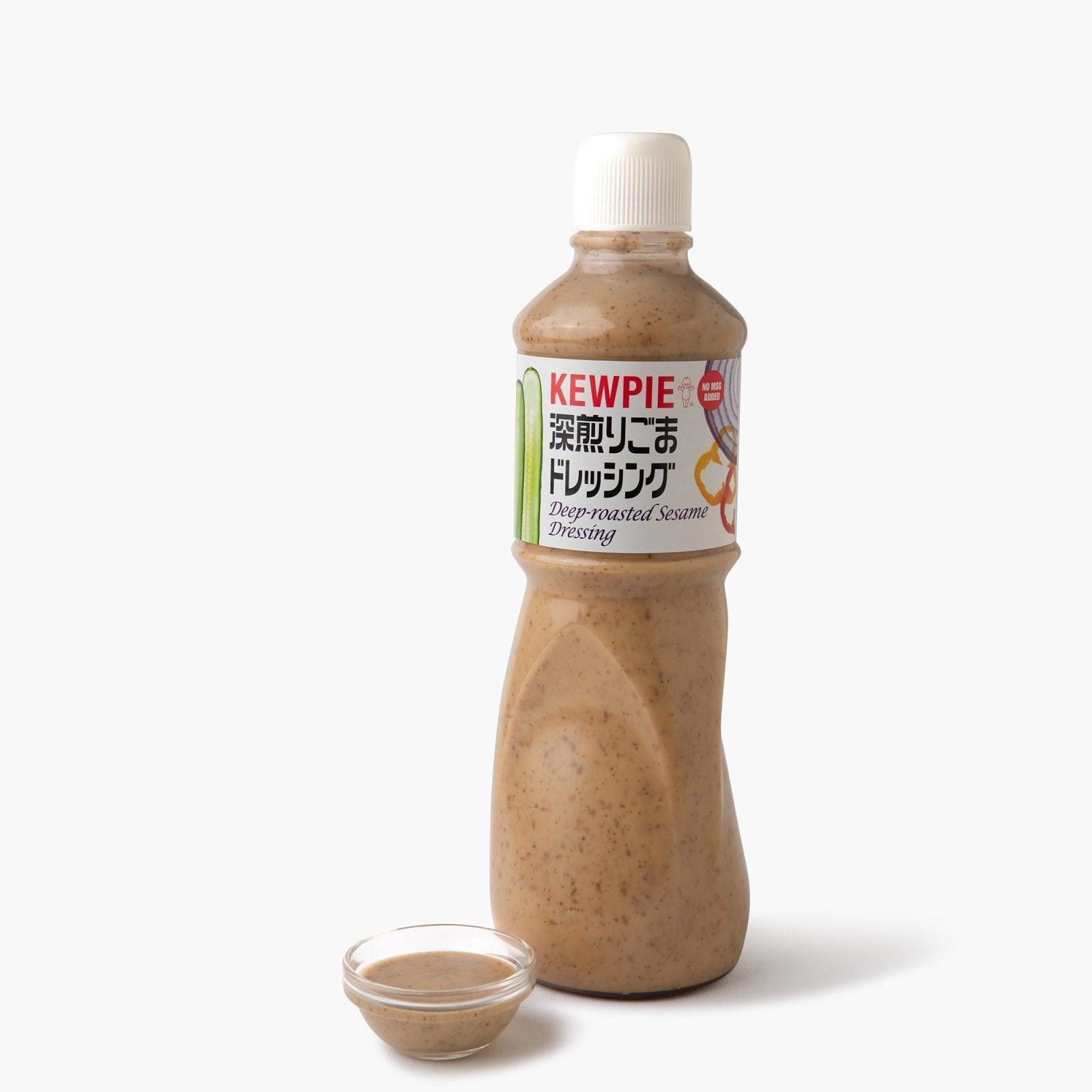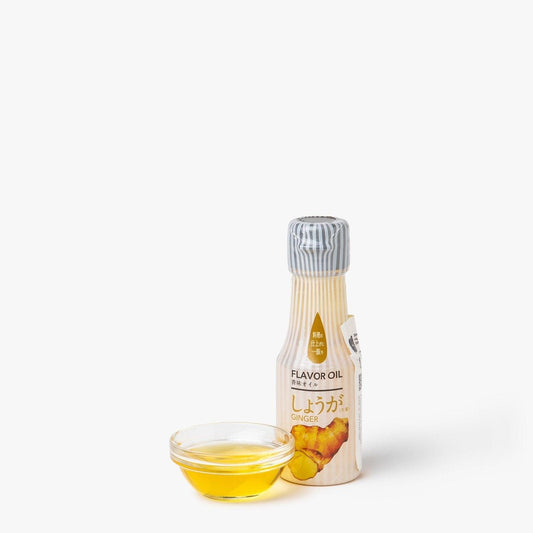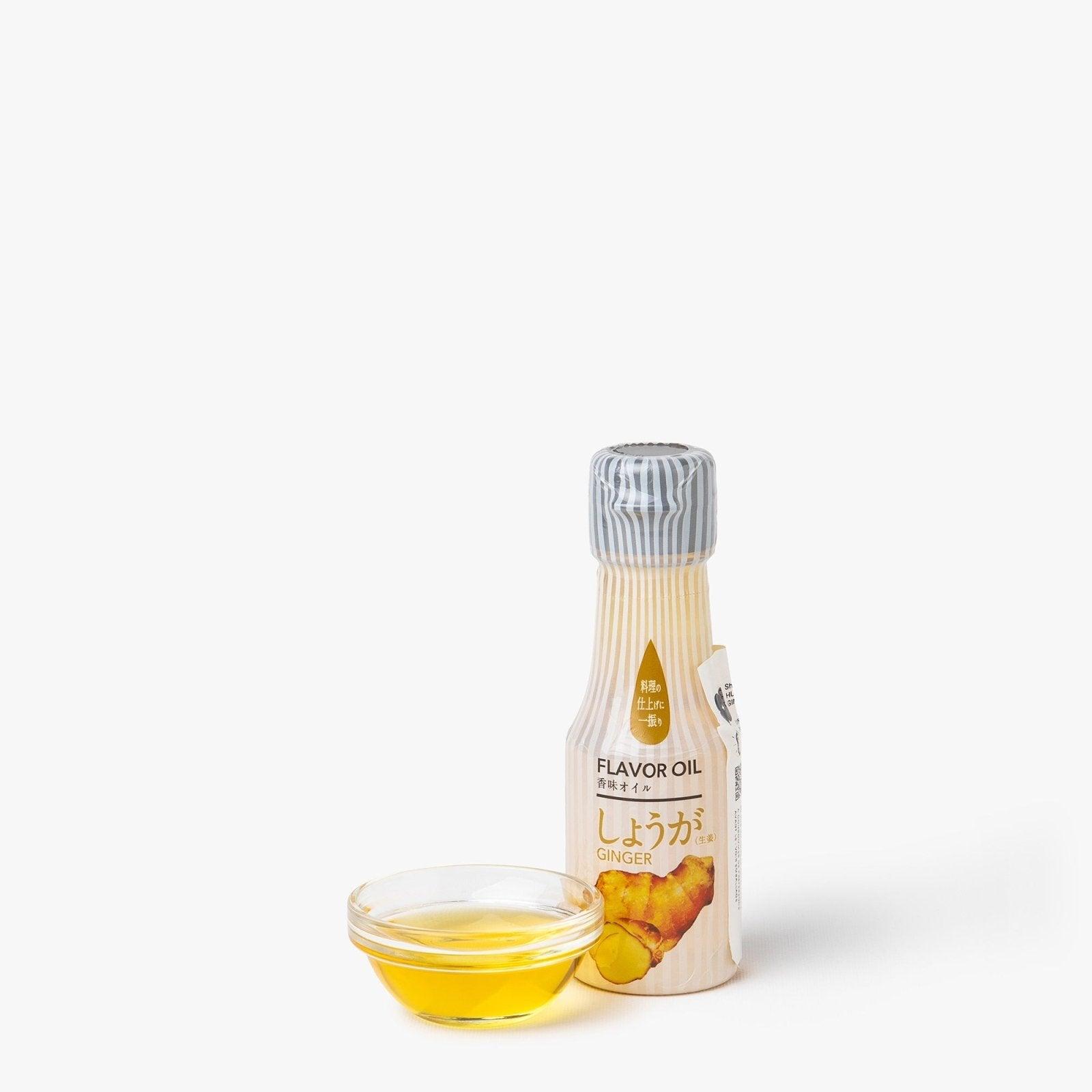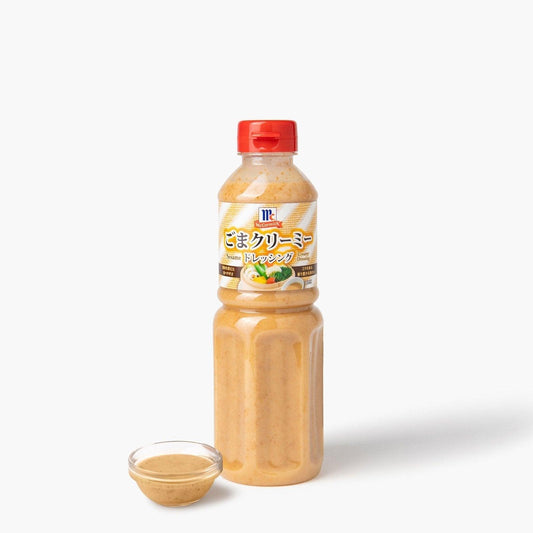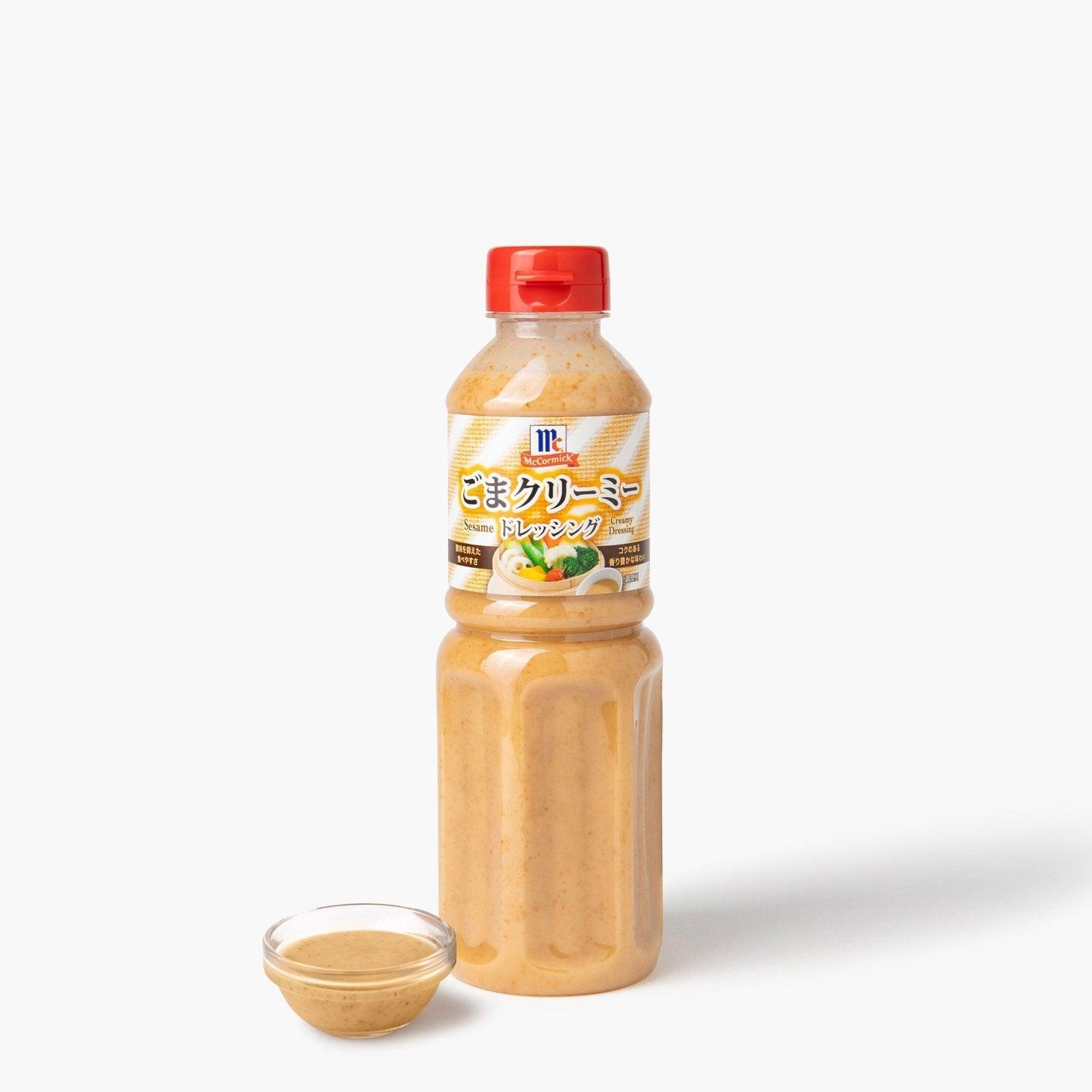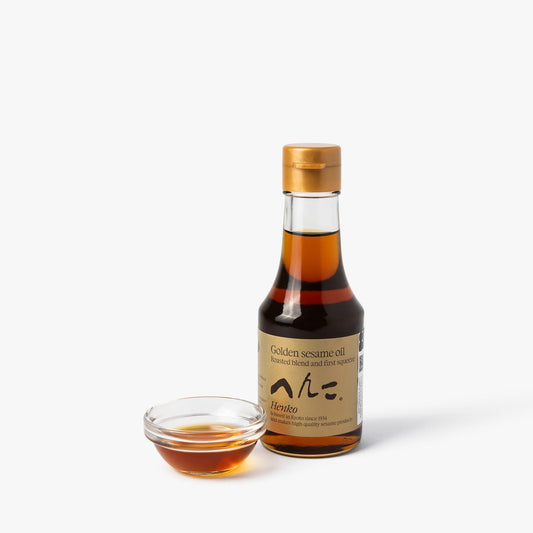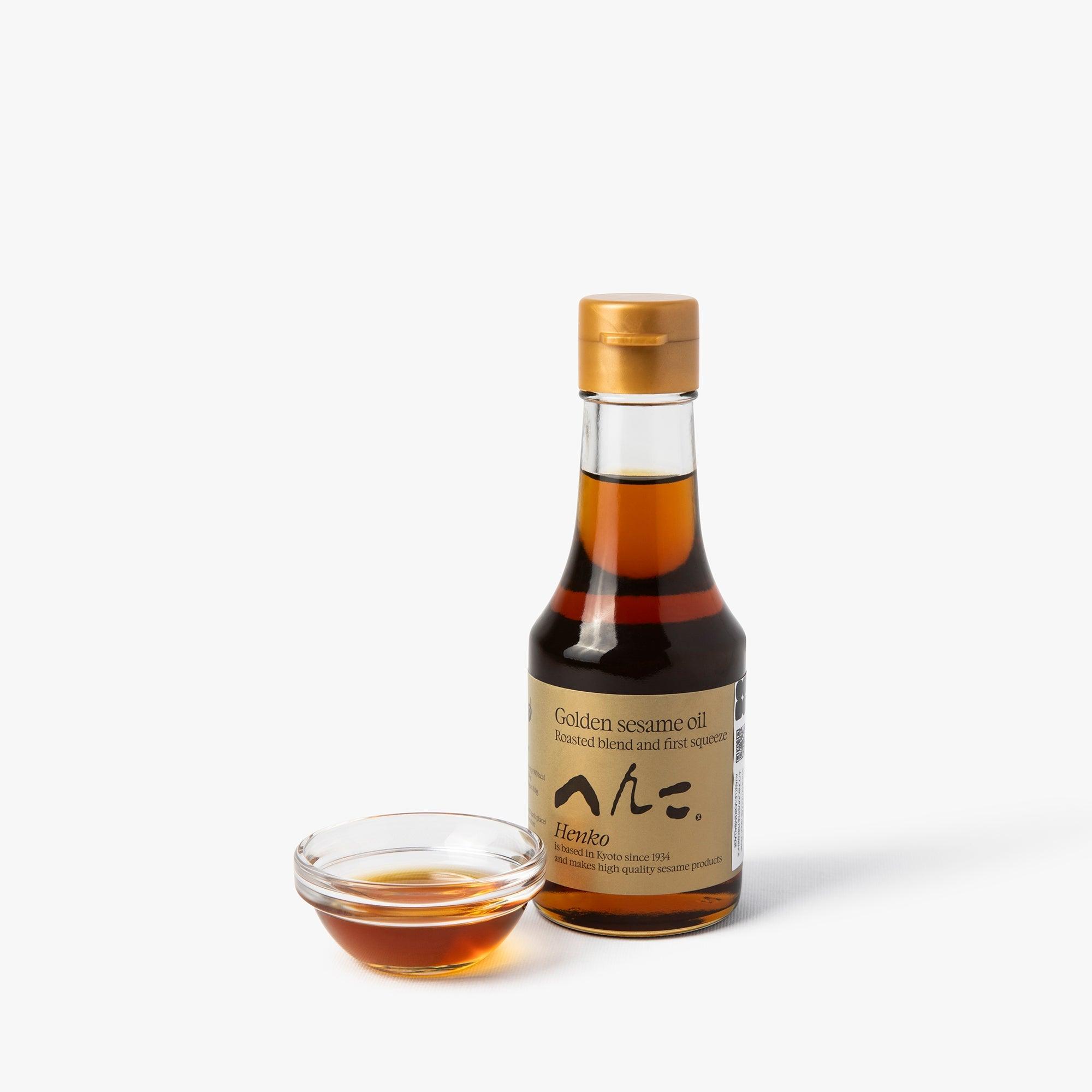Find out more about Japanese oils and vinegars
Which Japanese oils and vinegars are most commonly used in cooking?
The Japanese oils and vinegars most commonly used in cooking includesesame oil and rice vinegar. Sesame oil, often toasted for a more pronounced taste, is used to season dishes, add depth to soups and sauces, or to quickly cook vegetables. Rice vinegar is essential in the preparation of sushi, marinades and Japanese vinaigrette sauces. Black rice vinegar is another, richer and sweeter variant, used in certain traditional preparations. These ingredients provide the subtle, balanced flavors typical of Japanese cuisine.
What's the difference between rice vinegar and cider vinegar?
The main difference between rice vinegar and cider vinegar lies in their origin and flavor. Rice vinegar is made from fermented rice, and has a mild, subtly sweet flavor, with less acidity than cider vinegar. Cider vinegar is made from fermented apples, giving it a tangier, fruitier taste. In cooking, rice vinegar is often used in Asian dishes, notably for sushi and marinades, while cider vinegar is common in Western kitchens, notably for vinaigrettes and marinades.
What is sesame oil used for in Japanese cuisine?
Sesame oil is a key ingredient in Japanese cuisine. It is used to add a rich, toasty flavor to dishes, notably salads, noodles and soups. In addition to its use as a seasoning, sesame oil is also used to sauté vegetables, cook meats and prepare sauces. Its distinctive aroma complements other ingredients, such as soy or miso, and enhances the flavors of dishes. In marinades, it adds a depth that enhances proteins and vegetables.
Which vinegar to use for sushi?
White rice vinegar is the essential ingredient in sushi preparation. It is used to season the sushi rice, giving it its characteristic flavor. This vinegar, mixed with sugar and salt, is added to cooked rice to balance its taste with fresh fillings, such as raw fish. Rice vinegar is mild and slightly sweet, making it perfect for sushi. There are also vinegars specially prepared for sushi, already mixed with sugar and salt, to simplify the preparation process.
How do you make a Japanese salad dressing?
To make a classic Japanese vinaigrette, mix rice vinegar withsesame oil, soy sauce, and a little sugar or mirin to sweeten. You can also add grated fresh ginger or garlic for extra flavor. The typical ratio is 1 part rice vinegar to 2 to 3 parts sesame oil, with around 1 tablespoon soy sauce and 1 teaspoon sugar or mirin for every 3 tablespoons vinegar. Mix well before serving on vegetable or noodle salads.
Which oil to use for sautéing vegetables?
When stir-frying vegetables in Japanese cuisine,sesame oil is often preferred for its distinctive aroma and ability to enhance the natural flavors of the vegetables. However, for cooking at higher temperatures, where sesame oil could burn, a more neutral oil such asrice bran oil can be used. It has a high smoke point and enables vegetables to be sautéed while retaining their crunchy texture and freshness, while offering the possibility of adding a touch of toasted sesame oil for flavour afterwards.













